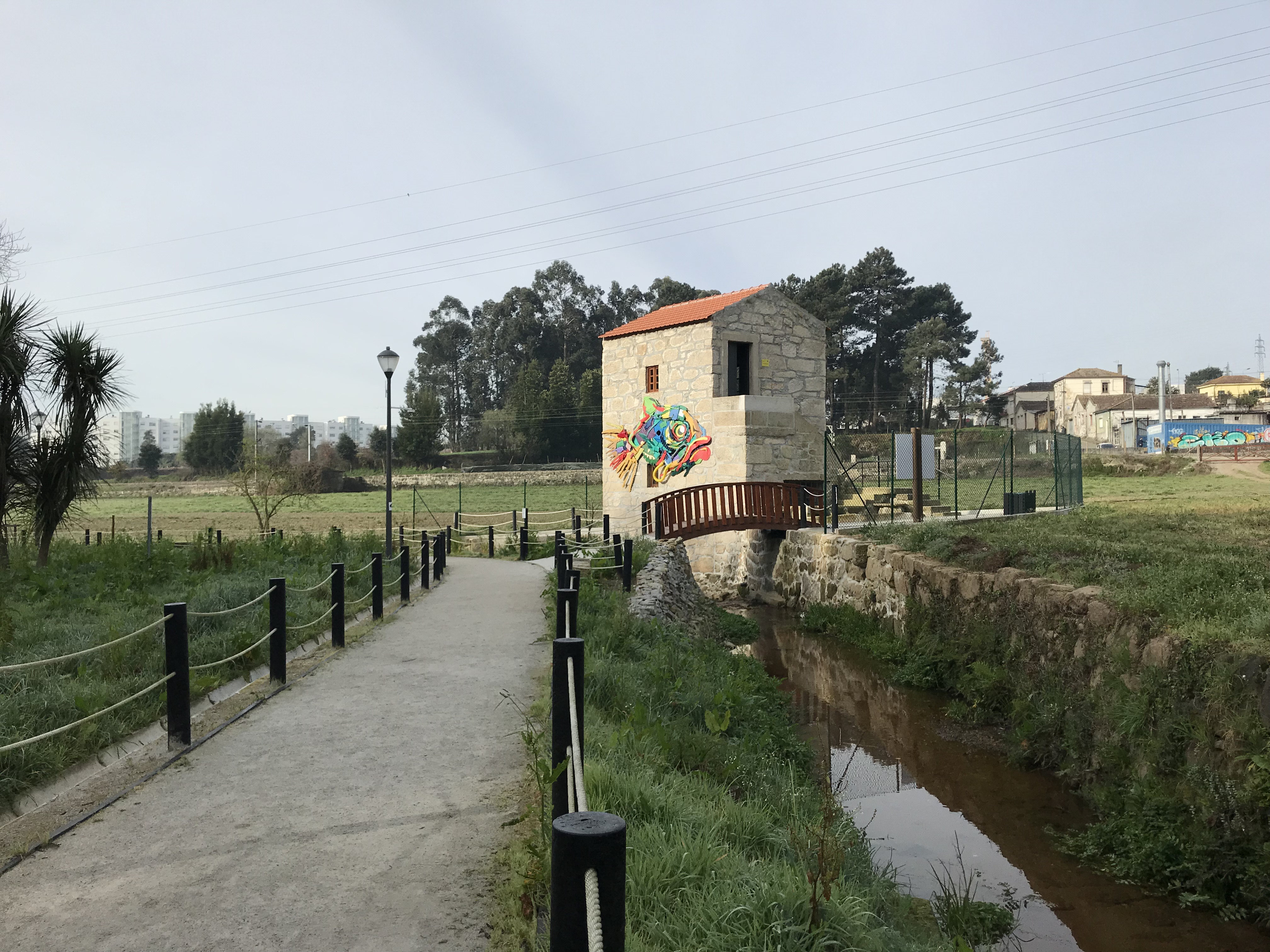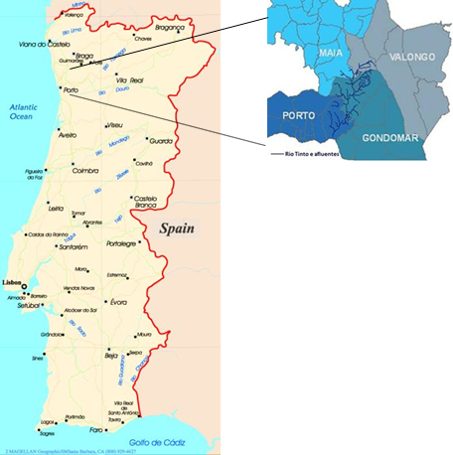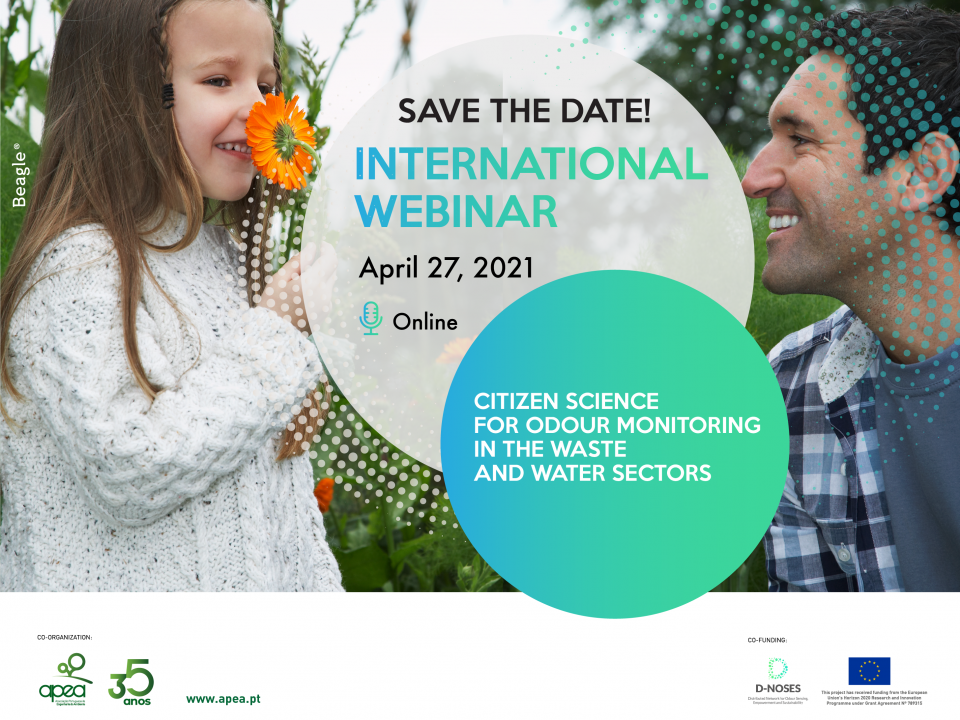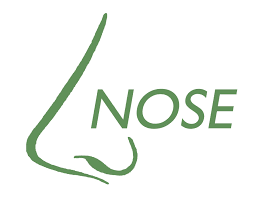- Happy or unhappy with the Odour Observatory? Tell us here!

Odour expertise: an interview with one of D-NOSES’ odour expert
October 28, 2020
Odour pollution: invisible to policy makers?
November 11, 2020But first, let’s refresh our minds and look back at the origins of the Porto Pilot:
‘This pilot is related to the Porto Metropolitan Area and the “Rio Tinto Ecological Trail”. The project aims to define a joint plan action for the rehabilitation of the Tinto River. It is an atypical case, selected because odour is a fundamental parameter that can diagnose and be used to track other environmental problems such us illegal discharges.
Currently, the Rio Tinto river presents serious pollution problems with sources mainly in the Ermesinde city. There are clandestine discharge sewers in the head of the river and suspected infiltration of untreated water from the landfill (also closed) and of the Wastewater Treatment Plant of the Rio Tinto City. All these factors have contributed to high levels of pollution in the river.’
Following D-NOSES' Stakeholder Engagement model, Lipor identified quite an extensive list of all the stakeholders who may take part in the Rio Tinto's odour issue.
- Looking at the odour emitting sources, the industries responsible for wastewater discharges in Rio Tinto are, obviously, main actors to consider.
- On the side of citizens and affected communities, the residents of the municipalities of Valongo, Maia, Gondomar and Porto have been targeted.
- Looking at citizen associations and NGOs, a plethora of different organisations were identified, such as the Red River (Rio Tinto) Defense Movement
- On the side of the public sector, administration and / or environmental authorities, some actors might include, for instance, the IP / Administration Hydrographic Region North, Águas de Valongo, the Parish of Rio Tinto, Ermesinde, Águas Santas, Baguim do Monte e Campanhã, and Águas de Valongo, SA., DGAV, the Portuguese Environment Agency…

The Rio Tinto river, Porto, Portugal

Map of Porto, Portugal
‘The barrier found so far is the engagement of the population, as elderly demographics cannot use app. We planned to carry out actions to publicize the project with the population between March and September 2020. This publicity did not happen, due to the lockdown enforced in Portugal at the time. We are trying to find alternatives but the population is, understandably, concerned with the pandemic, and not with the odours of the river.
It is difficult to hold high expectations about the resolution of the reported problems. However, we are working to provide online training for the population, chamber inspectors, teachers, in the upcoming months.’
- Where is your pilot taking place and what is the odour issue?
Our pilot takes place in SJM, we have developed the project with the school community, general and with the company issuing odors. At the moment we are working with the schools and we were going to hold meetings with stakeholders, but due to COVID we will send posters and other project information and talk individually with each partner. We continue to disseminate content and news about odors in the local media and social networks of the municipality.
- Who are the main stakeholders involved?
All people affected by odour, inhabitants of SJM and the parishes of Arrifana and Milheirós de Poiares of the municipality of Santa Maria da Feira and the parish of Cucujães of the municipality of Oliveira de Azeméis.
- What stages of the mitigation have you reached?
In our case study we have come up with very few episodes of odors, since the company has implemented MTD since 2016. When we have an episode people make records, however there are few since the situation is frankly better
- What are the current biggest challenges that your pilot is facing?
Work with stakeholders due to covid constraints. Put into practice the general dissemination based on interactive sensory displays, which at this time can not be placed in public space.
- What are you working towards?
Work with schools; disseminate the project, train and register. Inquire 100 citizens, analyze the data and make a video with the history of odor in SJM with interview to citizens and odor issuing company. Disseminate the project to stakeholders. Disseminate more frequently the project in the social networks of the municipality and local media.




